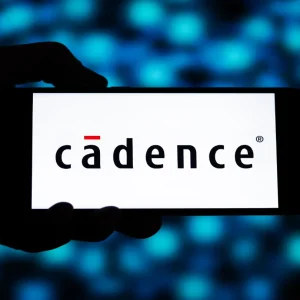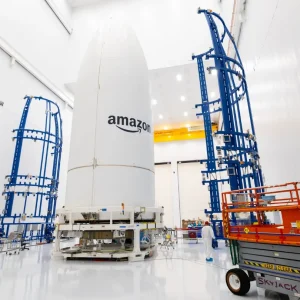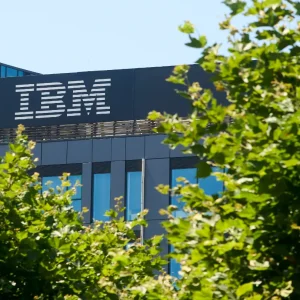
All of LinkedIn’s engineers are to receive training in the basics of artificial intelligence to make the company’s social network smarter.
Engineers across LinkedIn will go through an AI academy to teach them the basics of AI and give them an insight into machine learning and its capabilities, in a similar way they would use systems such as QuickSort to file through data.
The teaching programme isn’t designed to educate workers in machine learning as a discipline or how it works in detail, but instead teach engineers about how it can

benefit the company.
LinkedIn hopes by educating engineers around the technology it will enable them to deliver more efficient intelligent models within the company’s products.
Deepak Agarwal, the head of artificial intelligence at LinkedIn, said: “The demand for AI across the company has increased enormously. Everyone wants to have Ai as a component of their product, so how we scale the workforce is a big thing.”
Currently a total of six engineers have successfully made it through the AI academy and are now effectively delivering machine learning models in LinkedIn’s production field, after what they have learnt.
As LinkedIn is built around recommendations, whether it is connecting people with people similar to themselves or finding a job AI is a critical feature LinkedIn needs to function. Therefore, bringing AI knowledge to engineers across its entire organisation will help the company keep up to speed with the demand for intelligent solutions and capabilities.
In addition to announcing the need to educate engineers in AI, LinkedIn has also revealed its new smart replies system set to be put into practice.
Using machine learning, LinkedIn has made its reply suggestions smarter by bringing more contextual replies to the conversation. Replies will now be more relevant to the conversation rather than a standardised message that could be applied to anyone a user speaks to.
– London is no longer the smartest city in UK
– BBC also taps into AI
– How to successfully implement AI
LinkedIn said smart replies will be developing even more in the future, becoming much more personal. The company said: “We’ll be personalising your smart replies further, so that the suggestions are even more fitting for the conversation you’re having.
“For example, you may soon see a response like “Thanks, Joe!” versus the more simplified “Thanks”.”
Smart replies will first be introduced in the English, through the LinkedIn app and desktop then further languages will be brought in in the future.
By introducing AI training and AI smart replies LinkedIn hopes to expand its capabilities and better appeal to users around the world.






